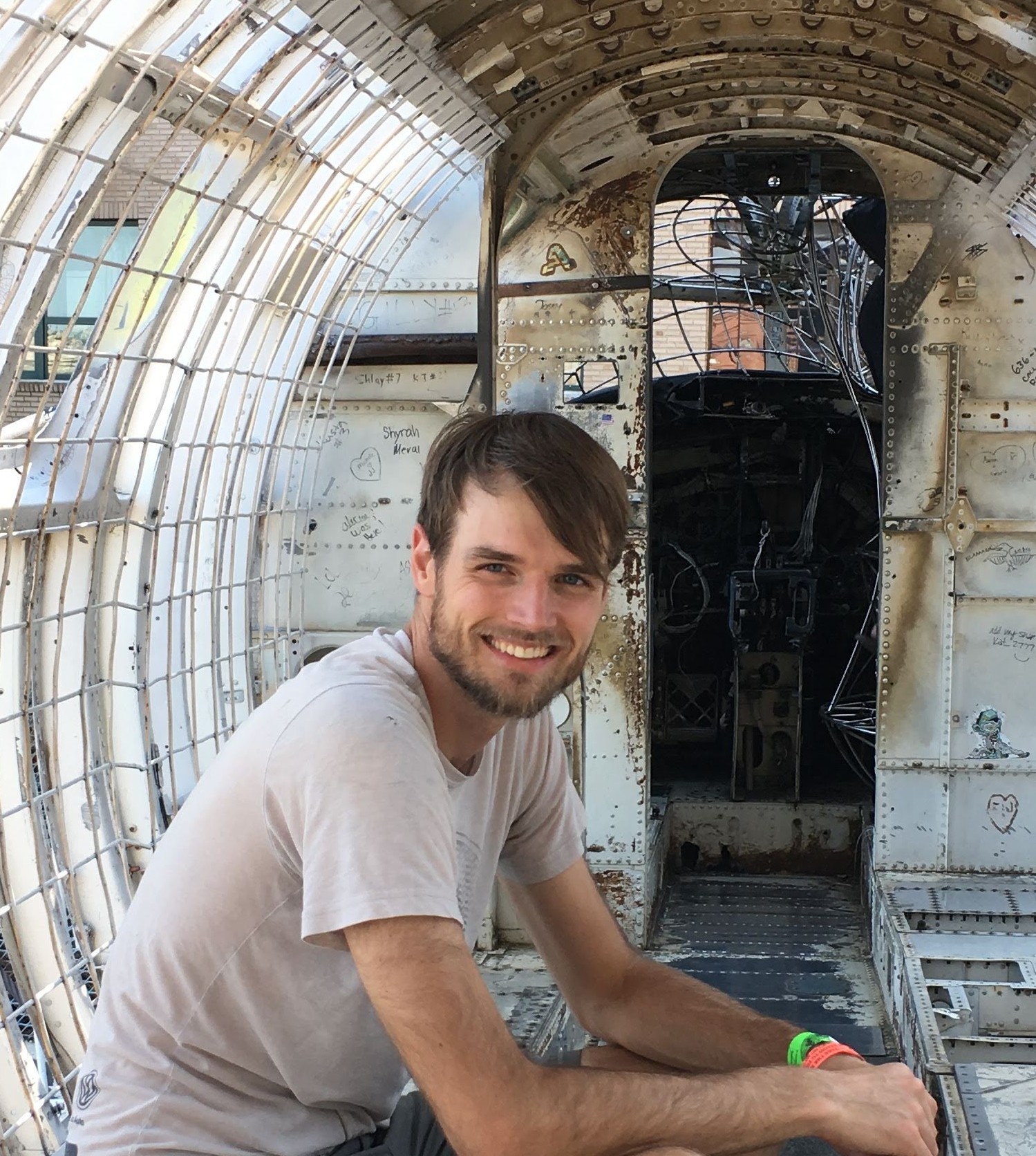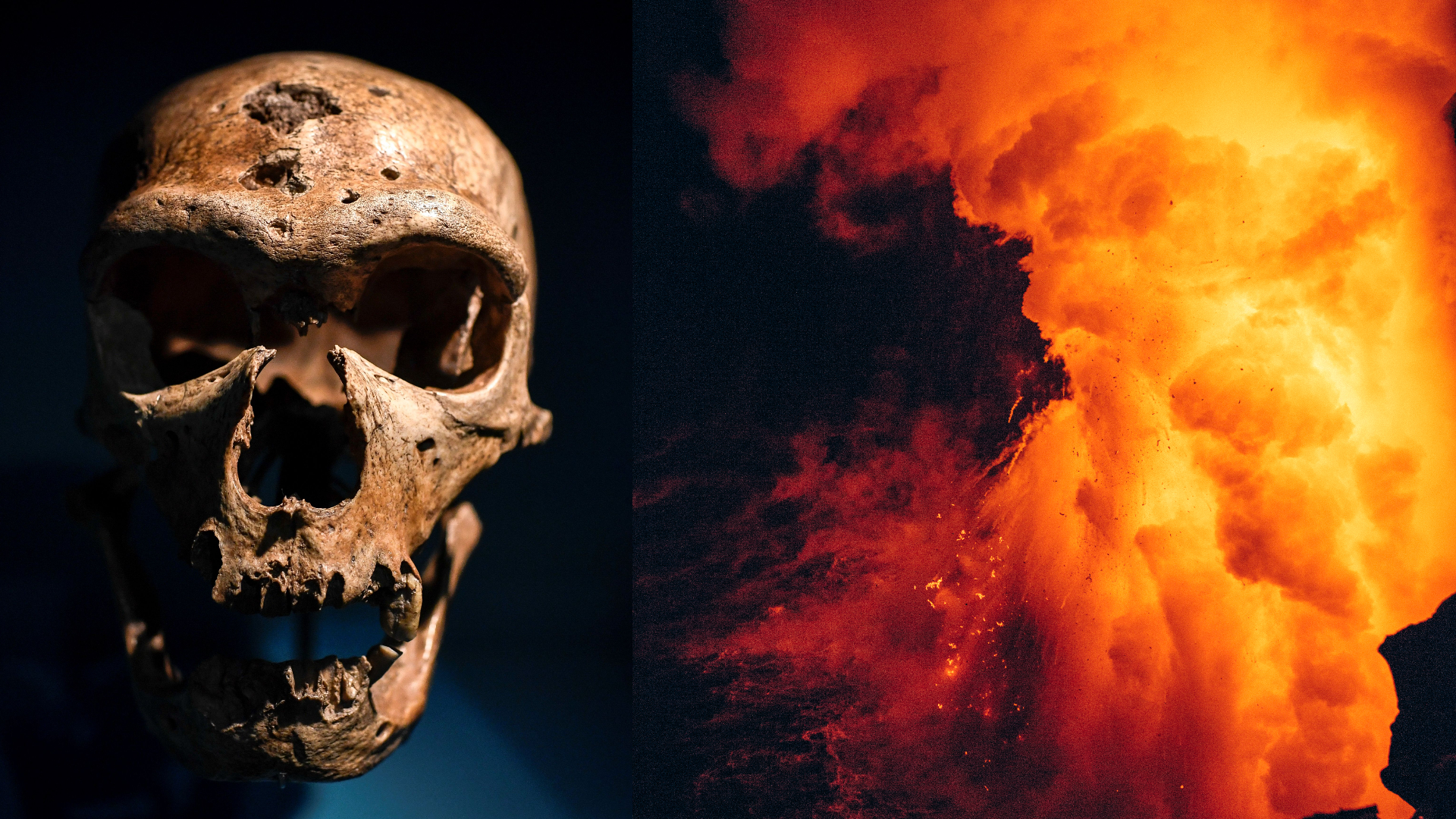Were Neanderthals really killed off by Campi Flegrei, Europe's awakening 'supervolcano'?
The volcano beneath Italy erupted 40,000 years ago and had catastrophic impact on Earth's climate — around the same time that the Neanderthals began their slow march to extinction.
Deep beneath Earth's surface, the Campi Flegrei "supervolcano" near the city of Naples might be slowly stirring into life. This epic volcano has a devastating history, and some experts believe an eruption 40,000 years ago could have played a role in the extinction of the Neanderthals.
But did it really kill off our ancient relatives?
The 7 to 9 mile (12 to 15 kilometer) volcano, situated in southern Italy not far from Mount Vesuvius (of Pompeii fame), is a massive underground volcano that hasn't erupted since 1538. However, it has been showing signs of increased seismic activity off and on since the 1950s — and recent research suggests Europe's most dangerous volcano might be creeping toward an eruption.
Campi Flegrei has produced some huge eruptions in the past. Most notably, an eruption that occurred roughly 40,000 years ago may have been Europe's largest eruption in the last 200,000 years. Volcanologists refer to it as the "Campanian Ignimbrite" — an eruption that rated a 7 on the Volcanic Explosivity Index, according to a 2020 study in the Journal Frontiers of Earth Science. The scale only goes to 8, and only supervolcanoes record the highest-rated eruptions.
Related stories: Ground beneath Italy’s awakening 'supervolcano' rose 66 feet before its last eruption
The blast brought about a massive change in Earth's climate, and it happened right around the time the Neanderthals (Homo neanderthalensis) disappeared. The timing of both incidents led scientists to speculate that Campi Flegrei's eruption may have influenced the Neanderthals' disappearance.
Campi Flegrei and the Neanderthals
Benjamin Black, an assistant professor with Rutgers University, was part of a team that built a climate model in 2014 to test the hypothesis that the volcano might have delivered the killing blow.
Get the world’s most fascinating discoveries delivered straight to your inbox.
"When precisely Neanderthals vanished is the topic of more debate, but there is evidence to suggest it could have been around this same time [as the Campanian Ignimbrite eruption]," he told Live Science. "I think it is really this suggestion of coincidence in time, plus the possibility of climate disruption, that leads people to wonder whether the eruption was linked with the demise of the Neanderthals."
The model predicted cooling of 3.6 to 7.2 degrees Fahrenheit (2 to 4 degrees Celsius) in Europe the year after the Campanian Ignimbrite eruption, depending on how much sulfur was released.
This would have been colder than the 3.6 F drop known as the "Little Ice Age," a period of cooling from the 14th to the 19th century that saw widespread famine and social unrest. So it is conceivable that a massive climate catastrophe triggered by Campi Flegrei could have doomed the Neanderthals. But according to Black, the rest of the evidence doesn't add up.
"Our model predicted that the most severe volcanic cooling was further east, rather than in the areas of Europe where holdout Neanderthal populations seem to have been clinging to survival," Black said. He suggests that while Neanderthals were undoubtedly affected by the volcano, they were far from where the majority of the climate disruption actually happened.
At the time of the Campanian Ignimbrite eruption, Neanderthals were already facing a bigger threat. Anatomically modern humans (Homo sapiens) had arrived in Europe and were outcompeting the Neanderthals for resources, putting them on the ropes.
Antonio Costa, a senior researcher at Italy's National Institute of Geophysics and Volcanology agreed that the volcano is not a smoking gun in the mystery of the Neanderthals' demise. "Most of the Neanderthal populations started to decline rapidly around 40,000 years ago," Costa told Live Science. "However, the time resolution of these events is not enough to claim a cause-effect relationship."
Costa doesn't just suggest that the volcano didn't kill off the Neanderthals: He argues that the eruption might have actually helped struggling Neanderthal populations to survive longer than they would have otherwise. Costa was an author on a 2016 Scientific Reports study that suggests modern humans and Neanderthals had coexisted in Europe prior to the eruption — but that volcanic fallout might have temporarily halted much of the westward expansion of modern humans into Neanderthal habitat.
"We actually propose that the eruption could have even delayed the decline of Neanderthals," said Costa. While the actual extinction date is a matter of debate, Neanderthals stuck around for a long time after the Campanian Ignimbrite eruption, and the final holdouts were eking out their existence in Gibraltar as recently as 28,000 years ago.

Cameron Duke is a contributing writer for Live Science who mainly covers life sciences. He also writes for New Scientist as well as MinuteEarth and Discovery's Curiosity Daily Podcast. He holds a master's degree in animal behavior from Western Carolina University and is an adjunct instructor at the University of Northern Colorado, teaching biology.





